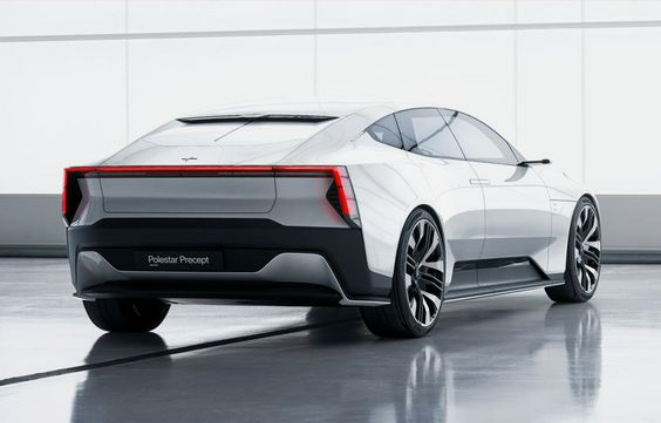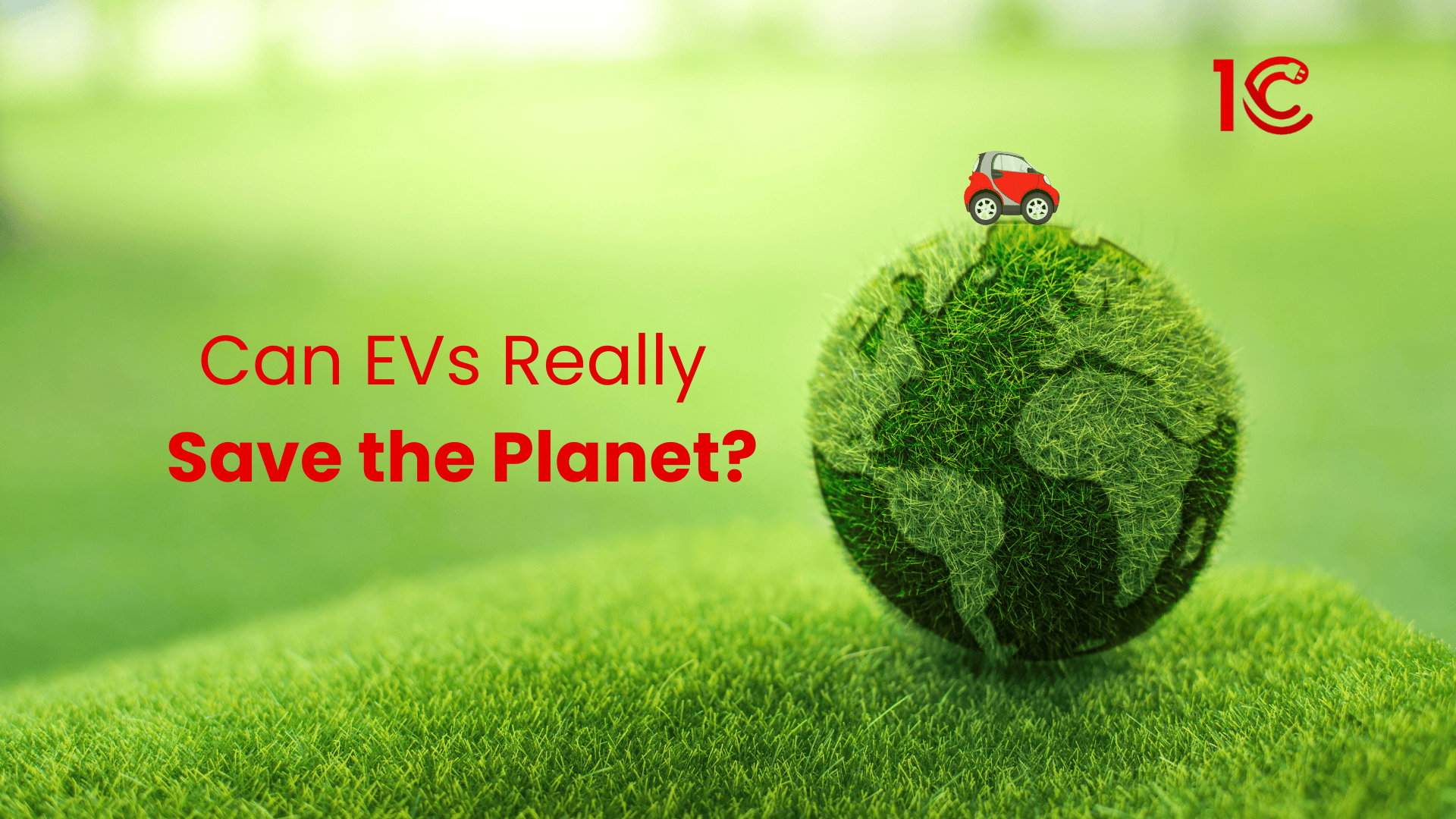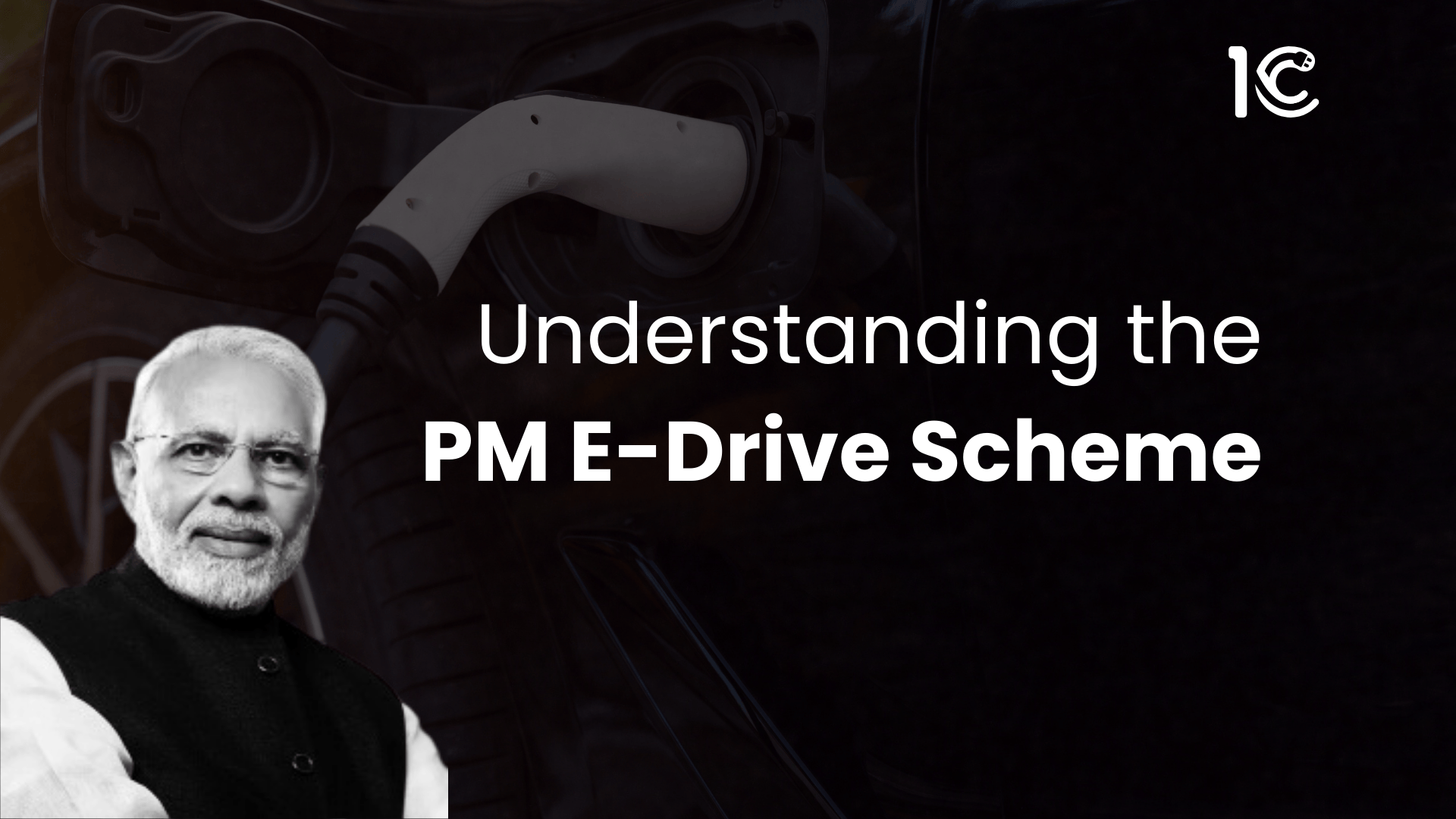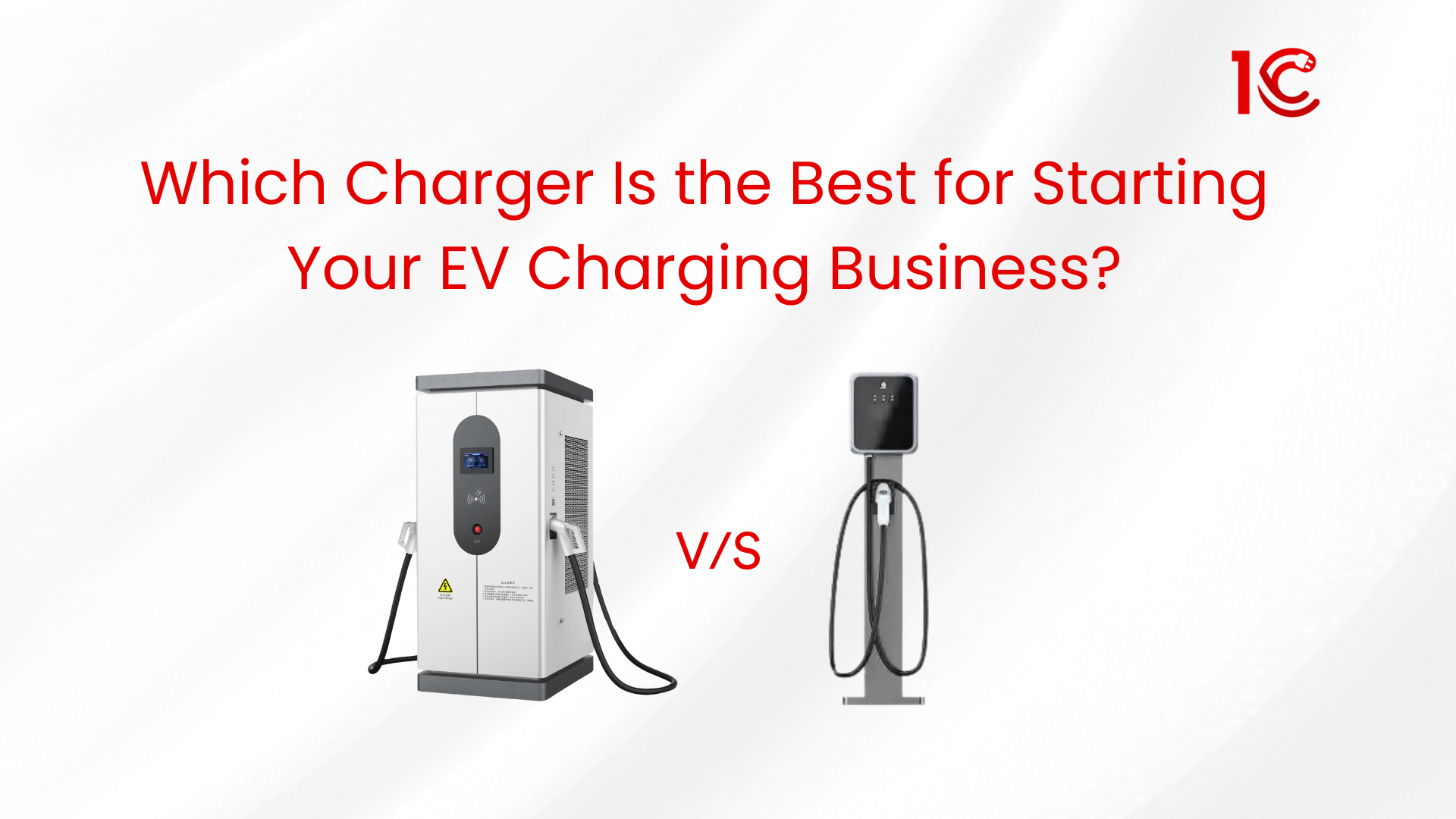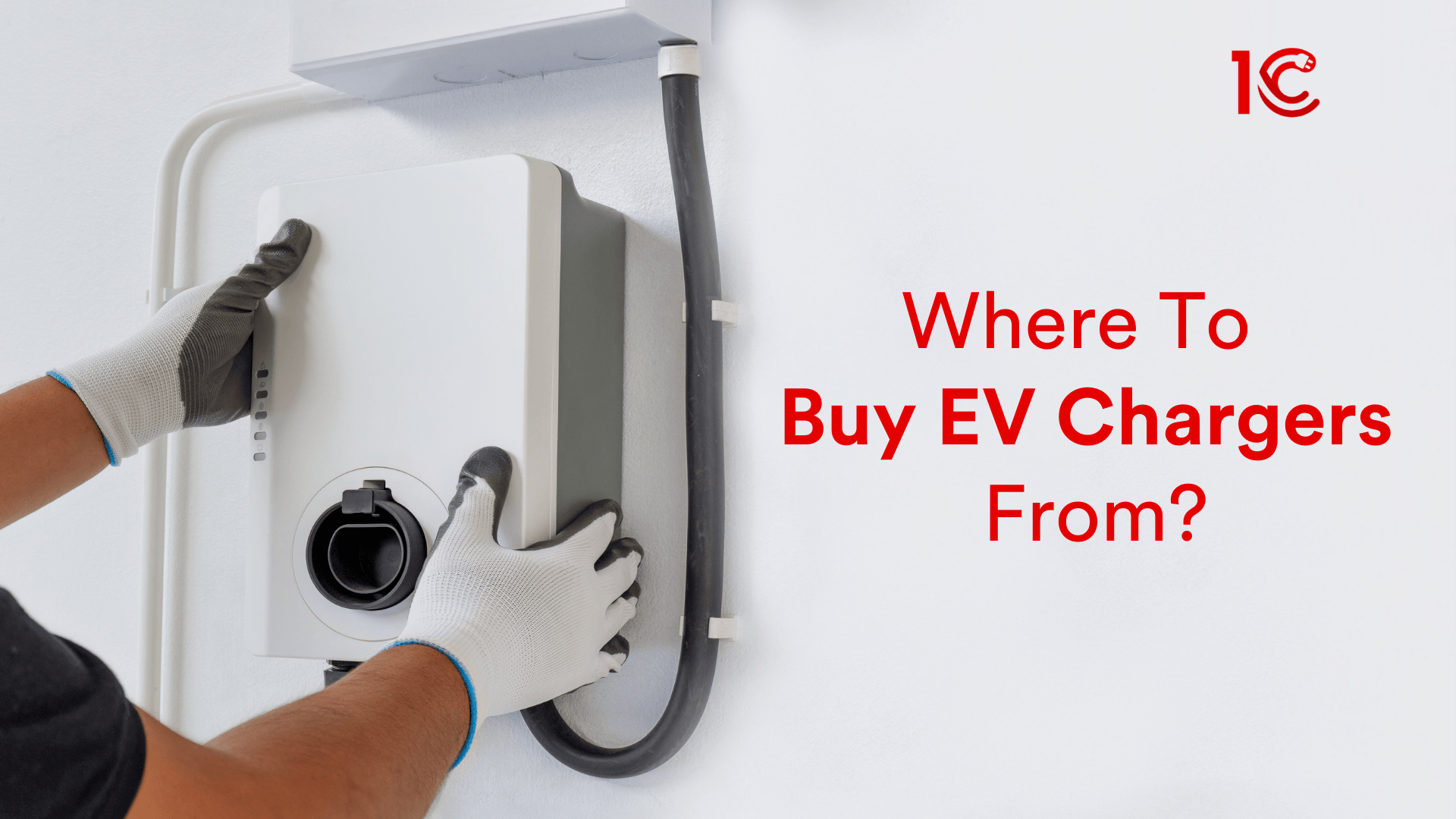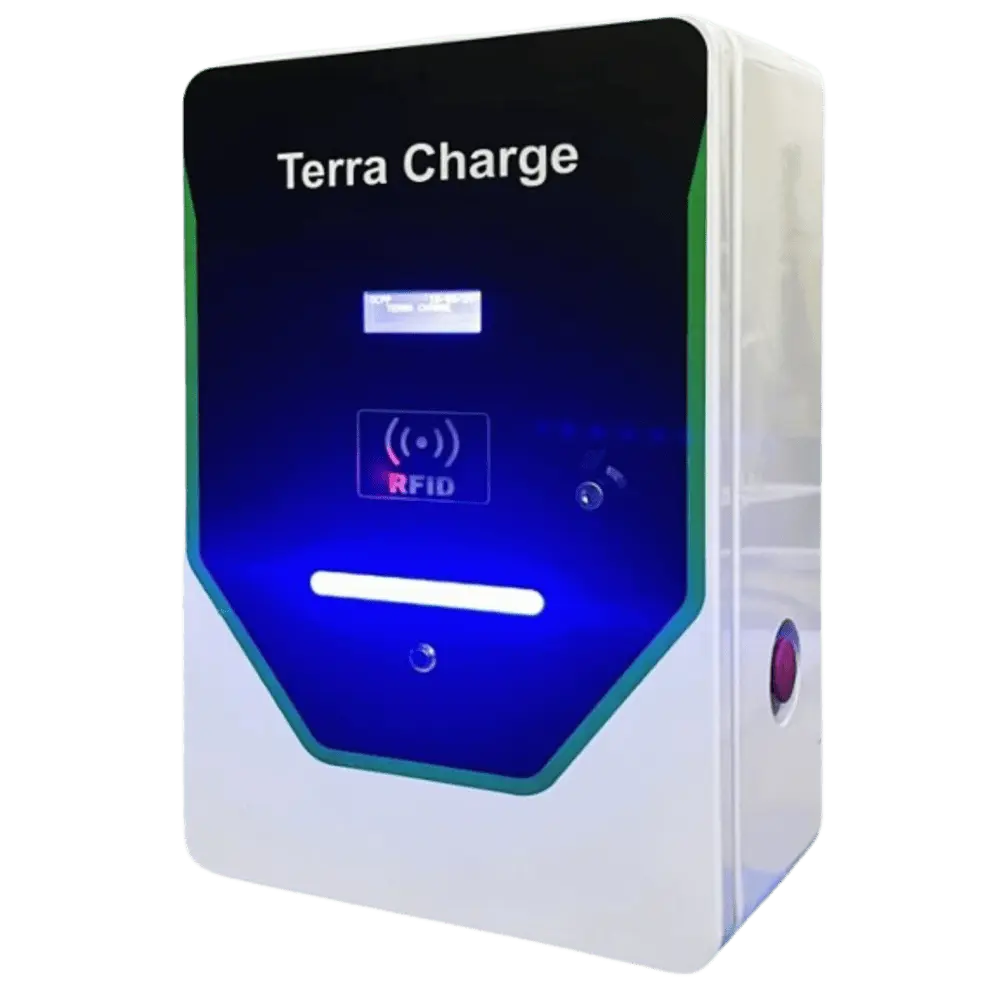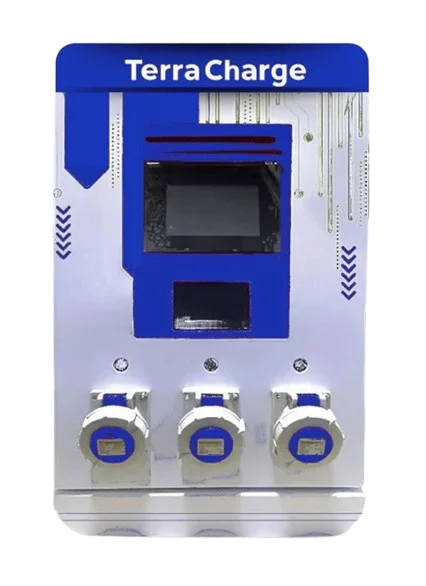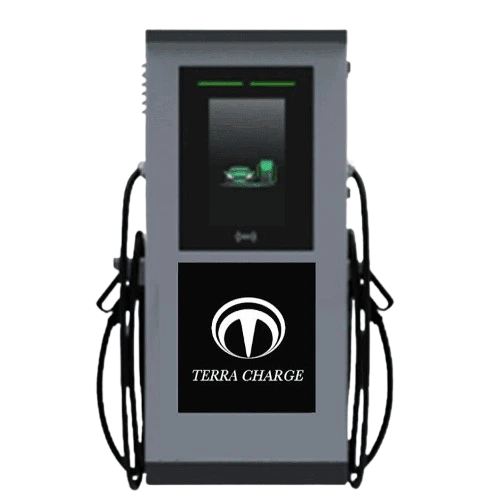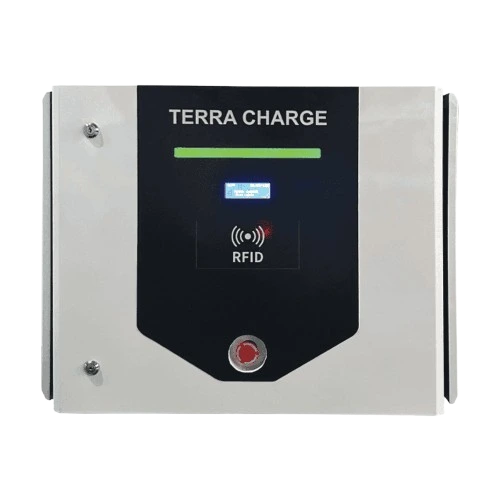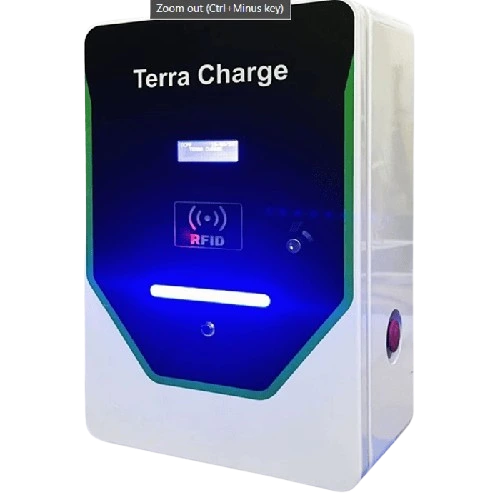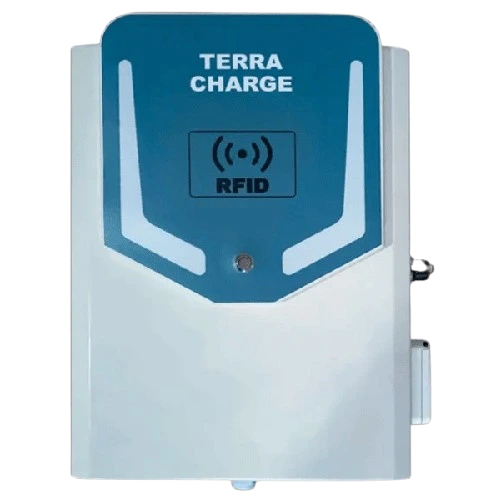Types of Electric Vehicles: BEVs, HEVs, PHEVs, FCEVs
According to NITI Ayog, Electric Vehicles are classified into 4 categories – HEV, PHEV, BEV, and FCEV. These are classified based on the mode of charge it use. The charging modes are electricity, fuel, gas, a combination of both and hydrogen gas. Each type has a different working and set of components. Let’s discuss the four types below with the components involved in their working.
Hybrid Electric Vehicle
Hybrid Electric Vehicles use both an internal combustion engine and an electric motor. The electric motor gets its power from a battery pack. Unlike fully electric vehicles, the HEV’s battery pack gets charged through regenerative braking and the IC engine instead of a regular electric charger. The stored power from the battery helps the electric motor assist the IC engine, providing benefits like a longer driving range.
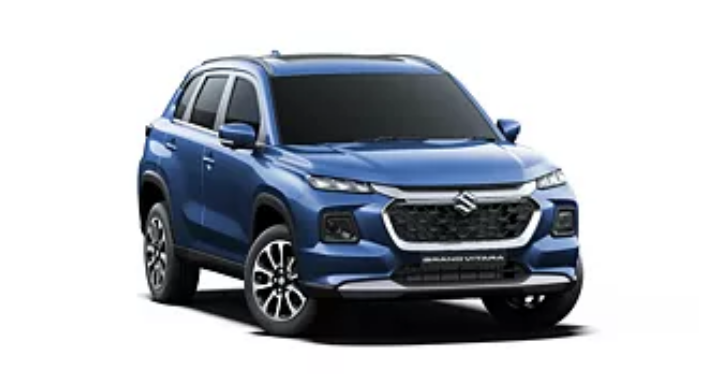
There are two types of hybrid electric vehicles:
- Mild Hybrid Electric Vehicles: These are regular internal combustion engines with a small electric motor and a battery pack. The electric motor offers additional power to the engine and supports auxiliary systems like power steering and air conditioning when needed.
- Full Hybrid Electric Vehicles: FHEVs are HEVs operating on an internal combustion engine with support from an electric motor.
Components of HEVs
A Hybrid Electric Vehicle (HEV) consists of several key components:
- Internal Combustion Engine: This is a traditional engine that runs on gasoline or another fuel. It works alongside the electric motor.
- Electric Motor: The electric motor runs on electricity stored in the battery pack. It assists the internal combustion engine during acceleration and other driving conditions.
- Battery Pack: This is where the electric energy is stored. In HEVs, the battery pack is charged through regenerative braking and from the internal combustion engine, not solely from an external electric charger.
- Transmission: HEVs typically use a specialised transmission that allows the internal combustion engine and the electric motor to work together efficiently.
- Power Control Unit: The PCU manages the flow of electric power between the battery and the electric motor, ensuring smooth operation.
- Regenerative Braking System: This system captures and stores energy during braking, converting it into electricity to recharge the battery.
- Fuel Tank: HEVs have a fuel tank to store gasoline or another fuel for the internal combustion engine.
- Inverter: The inverter converts direct current from the battery to alternating current for the electric motor.
- Electric Generator (In Some Models): Some HEVs have a generator that converts mechanical energy from the internal combustion engine into electricity to recharge the battery.
- Control Software: Similar to Battery Electric Vehicles, HEVs have control software that manages the coordination of the internal combustion engine and electric motor for optimal performance and efficiency.
Plug-In Hybrid Electric Vehicle
Plug-in Hybrid Electric Vehicles are an advanced version of Hybrid Electric Vehicles. They include both an internal combustion engine and an electric motor. However, unlike standard HEVs, the electric motor in PHEVs is powered by a chargeable battery. PHEVs have larger and more powerful electric motors compared to regular HEVs.
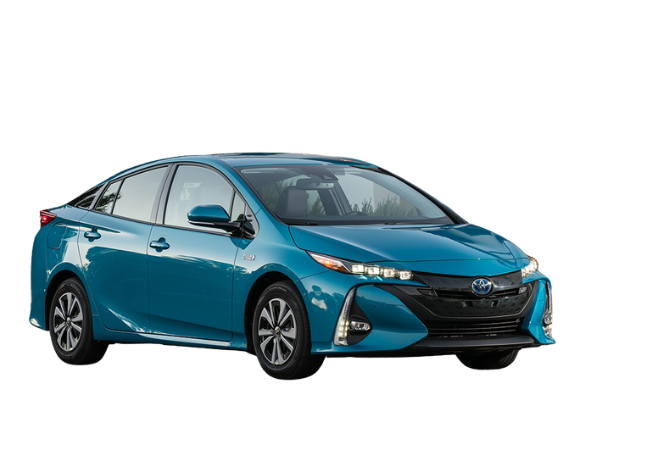
PHEVs operate in two modes:
- All-electric mode: In this mode, the vehicle runs solely on electric power provided by the electric motor. The internal combustion engine is not active during this phase.
- Hybrid mode: The internal combustion engine and the electric motor collaborate to propel the vehicle. This mode is engaged when the electric-only range is depleted, or when additional power is needed.
To distinguish between a hybrid and a plug-in hybrid, one can focus on the size of the battery pack. A plug-in hybrid features a larger battery capable of powering the vehicle solely on electric power for a significant distance, typically ranging from 20 to 50 miles. Once the electric range is exhausted, the gas engine comes into play to provide additional support. This dual-mode capability allows PHEVs to offer both electric-only driving and the extended range provided by the internal combustion engine.
Components of PHEVs
Plug-in Hybrid Electric Vehicles comprise several essential components that allow them to operate using both an internal combustion engine and an electric motor. Here are the key components:
- Internal Combustion Engine: Similar to traditional vehicles, PHEVs have an internal combustion engine that runs on gasoline or another fuel.
- Electric Motor: PHEVs are equipped with an electric motor powered by a chargeable battery. This motor can operate independently or in conjunction with the internal combustion engine.
- Chargeable Battery Pack: The battery pack stores electrical energy to power the electric motor. It is larger than the battery pack found in regular Hybrid Electric Vehicles and can be recharged using an external power source.
- Transmission: PHEVs use a specialised transmission that allows seamless coordination between the internal combustion engine and the electric motor.
- Power Control Unit (PCU): The PCU manages the flow of electrical power between the battery pack and the electric motor, ensuring efficient performance.
- Onboard Charger: PHEVs are equipped with an onboard charger that facilitates the charging of the battery pack using an external power source.
- Regenerative Braking System: Similar to HEVs, PHEVs use regenerative braking to capture and convert kinetic energy into electricity, which is then used to recharge the battery.
- Fuel Tank: PHEVs have a fuel tank to store gasoline or another fuel for the internal combustion engine.
- Inverter: The inverter converts direct current from the battery into alternating current for the electric motor.
- Control Software: PHEVs have sophisticated control software that manages the interaction between the internal combustion engine and the electric motor, optimising efficiency and performance.
Battery Electric Vehicle
Battery Electric Vehicles, also called EVs, use electric batteries instead of gas engines to run. These cars do not use petrol or diesel; instead, they use chargeable batteries to power electric motors, and no traditional fuel engine is involved. The power comes from the battery pack, which gets charged from the electricity grid. The charged battery then sends power to electric motors that make the car move.
BEVs or electric vehicles give you the choice of different battery packs and powertrain setups, which allows you to buy an EV based on your priorities, such as lower starting price, better performance, or more driving range.
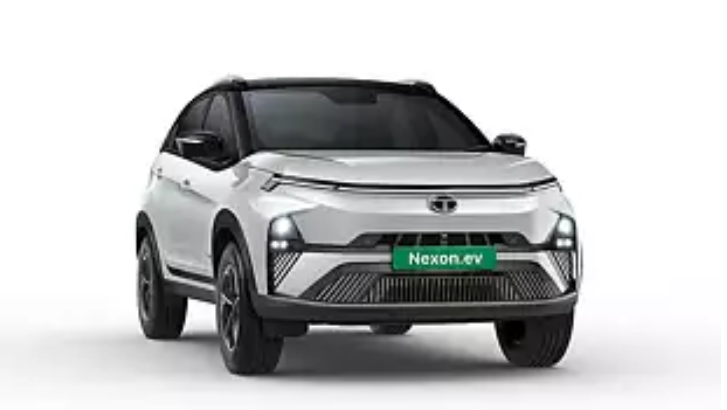
Components of BEVs
The main components of a Battery Electric Vehicle are:-
- Battery Pack: This is like the car’s energy storage. It stores electricity, and the car uses it to run.
- Electric Motor: These motors are what make the car move. The electricity from the battery powers them.
- Charging Port: This is where you plug in the car to charge its battery. It’s usually located on the outside of the car.
- Power Electronics: These manage the flow of electricity from the battery to the motor. They make sure everything works smoothly.
- Transmission: Some BEVs have a single-speed transmission, as electric motors can provide power across a wide range of speeds.
- Inverter: It changes the direct current from the battery to the alternating current needed by the electric motor.
- Onboard Charger: This component converts AC power from an external source (like a charging station) into DC power to charge the battery.
- Thermal Management System: This keeps the temperature of the battery in check, as extreme temperatures can affect battery performance.
- Regenerative Braking System: This system captures some of the energy lost during braking and feeds it back to the battery, improving overall efficiency.
- Control Software: This is like the brain of the car. It manages and controls all the different components to ensure the car operates efficiently and safely.
Fuel Cell Electric Vehicles
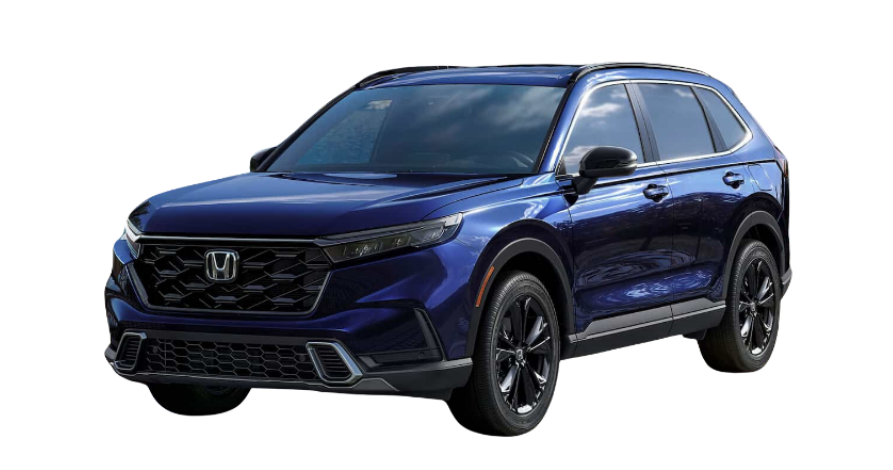
Fuel Cell Electric Vehicles use hydrogen fuel stored in a fuel tank. The hydrogen is converted into the fuel cell stack, producing electricity that charges the vehicle’s battery pack. This battery pack then supplies power to one or more electric motors, enabling the vehicle to move.
List of Models in HEV, PHEV, BEV and FCEV
Type | Model | Starting Range |
HEV |
|  |
BEV |
|  |
PHEV |
|  |
FCEV |
|  |
FAQs
What are the different types of electric vehicles?
Electric vehicles come in various types, including Battery Electric Vehicles, Hybrid Electric Vehicles, and Plug-in Hybrid Electric Vehicles. BEVs rely solely on electric batteries, while HEVs combine an internal combustion engine with an electric motor. PHEVs have a chargeable battery and can operate in both electric-only and hybrid modes.
Which battery is used in Electric Vehicles?
Electric Vehicles use lithium-ion batteries. These batteries provide a high energy density, making them suitable for powering vehicles. They are rechargeable and offer a balance between weight, capacity, and efficiency.
Do electric vehicles produce zero carbon emissions?
While Electric Vehicles produce zero tailpipe emissions, the overall carbon footprint depends on the electricity source used for charging. EVs can be considered low-carbon or zero-emission vehicles if the electricity comes from renewable sources.
What are some of the drawbacks of electric vehicles?
Some drawbacks of Electric Vehicles include:
- Limited charging infrastructure, especially in certain regions.
- Charging an electric vehicle takes longer compared to refuelling a traditional car.
- Concerns about the limited driving range on a single charge.
- Electric Vehicles often have a higher upfront cost compared to traditional vehicles.
- Over time, the performance of the battery may degrade, affecting driving range.
What are the different types of electric motors in electric vehicles?
Different types of electric motors are commonly used in electric vehicles (EVs). These include:
- Brushless DC Motor
- DC Series Motor
- Permanent Magnet Synchronous Motor
- Three-phase AC Induction Motor
- Switched Reluctance Motor
Related Articles >>>
Understand the evolution of transport from horse carts to electric vehicles and explore how EVs are driving us toward a greener future!
Key considerations for successful EV charging infrastructure planning: site selection, utility integration, installation, and operational efficiency.
An authoritative guide to bust the most common myths about electric vehicles, making it easier to understand the real benefits of EVs.
Understand the powerful synergy between renewable energy and EV charging stations, shaping a cleaner and more sustainable future. Read on to learn more.
Can EVs really save the planet? Learn more about the environmental benefits and challenges of EVs, and how they fit into a larger sustainability strategy.
The PM E-Drive Scheme is a major step for driving the growth of EVs in India. Learn more about how it will impact the EV industry, businesses & consumers.
Looking to start an EV charging business? Learn which charger — AC or DC — is best for your budget, location, and customers. Read more now!
Looking to buy an EV charger but unsure where to start? As the EV market booms, finding the right platform for a reliable, high-quality charger is essential. In this article, we compare three leading options: Amazon, IndiaMART, and 1C.


